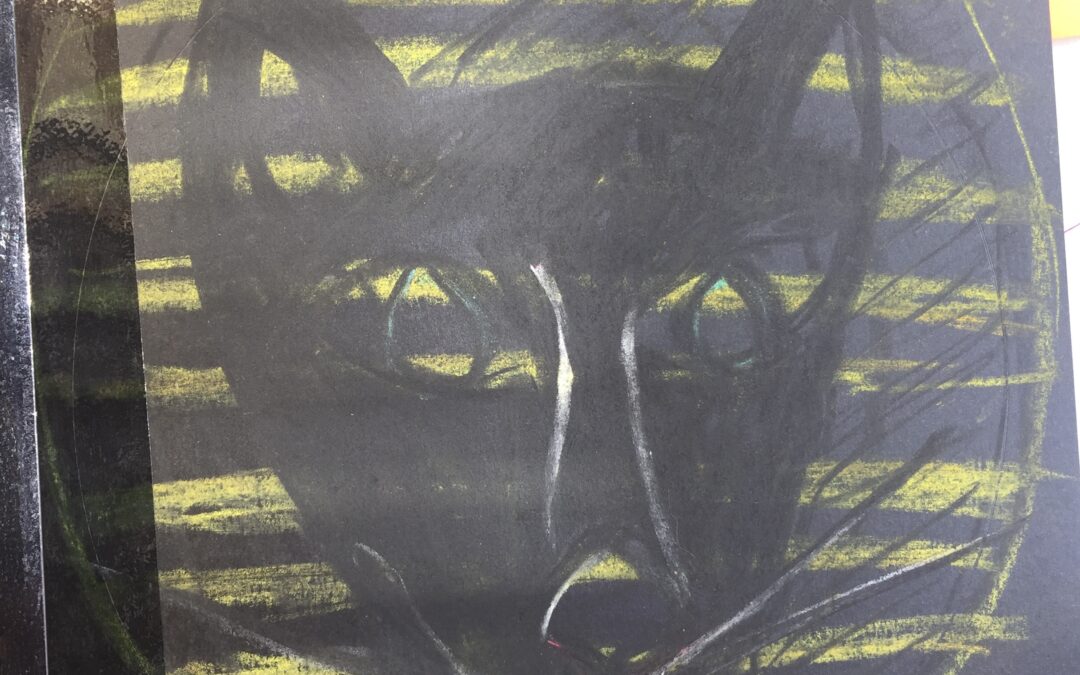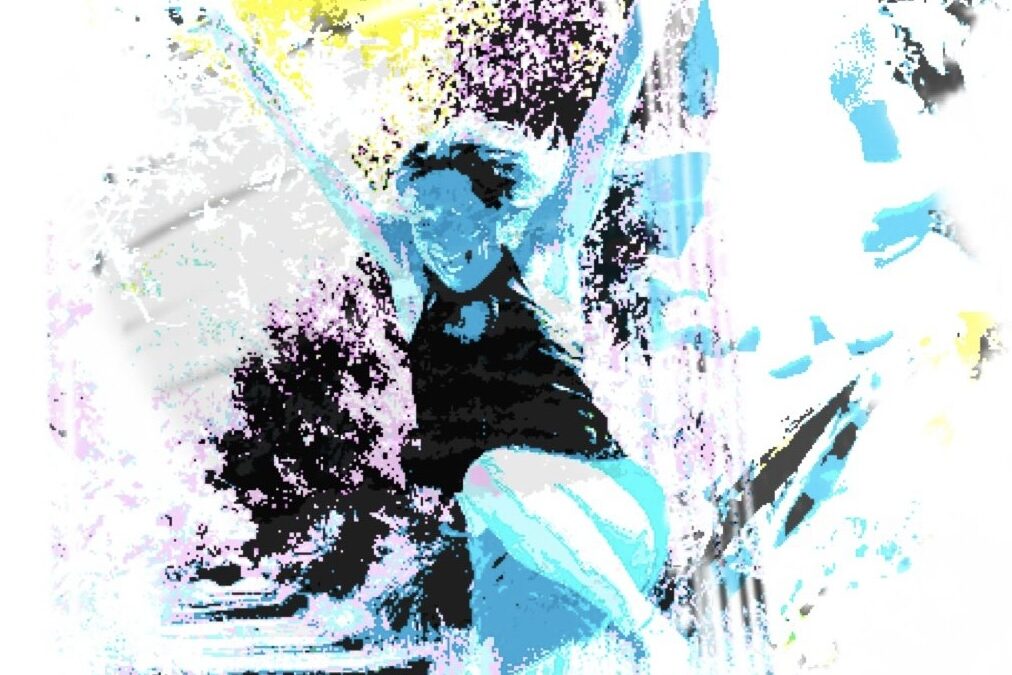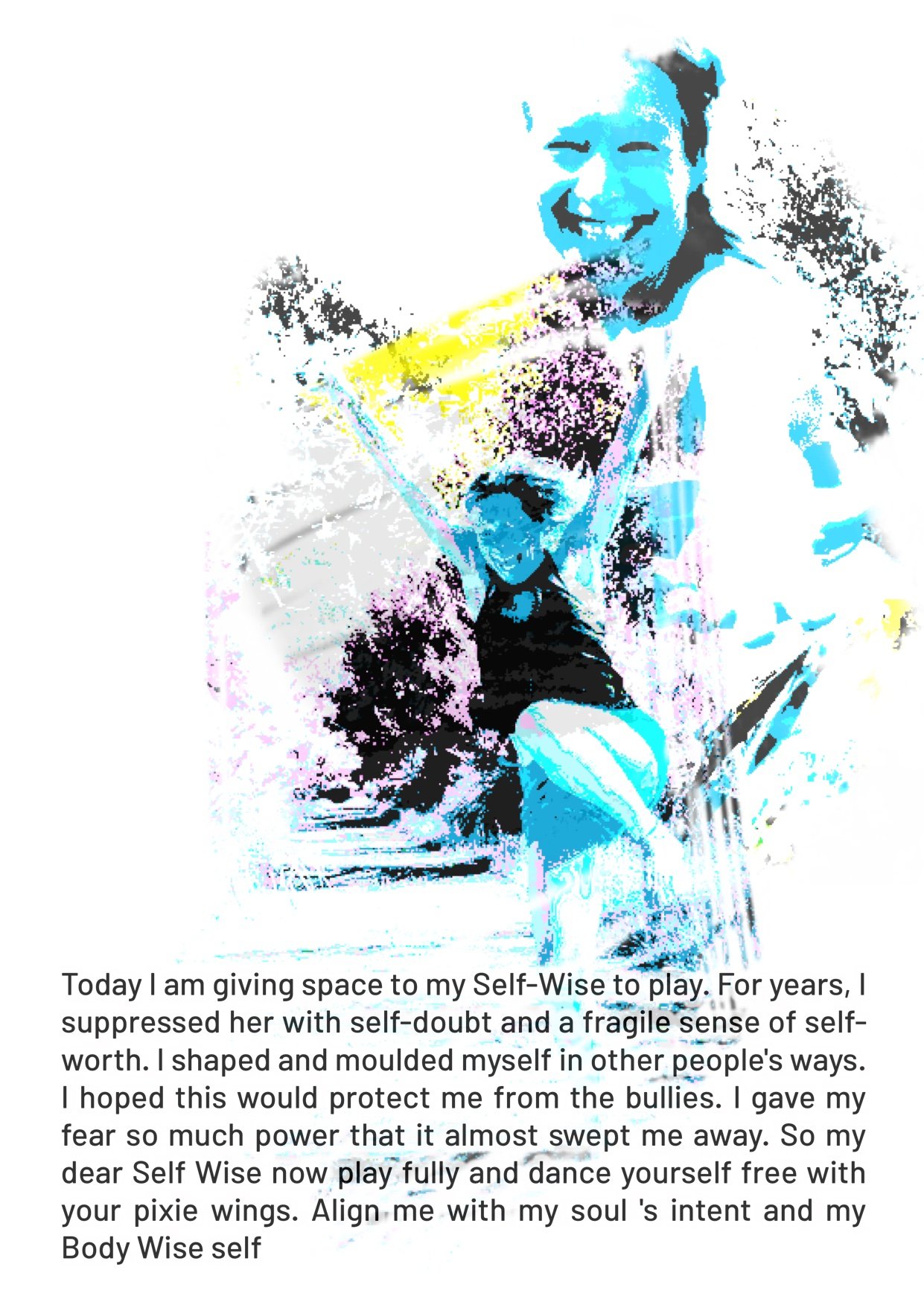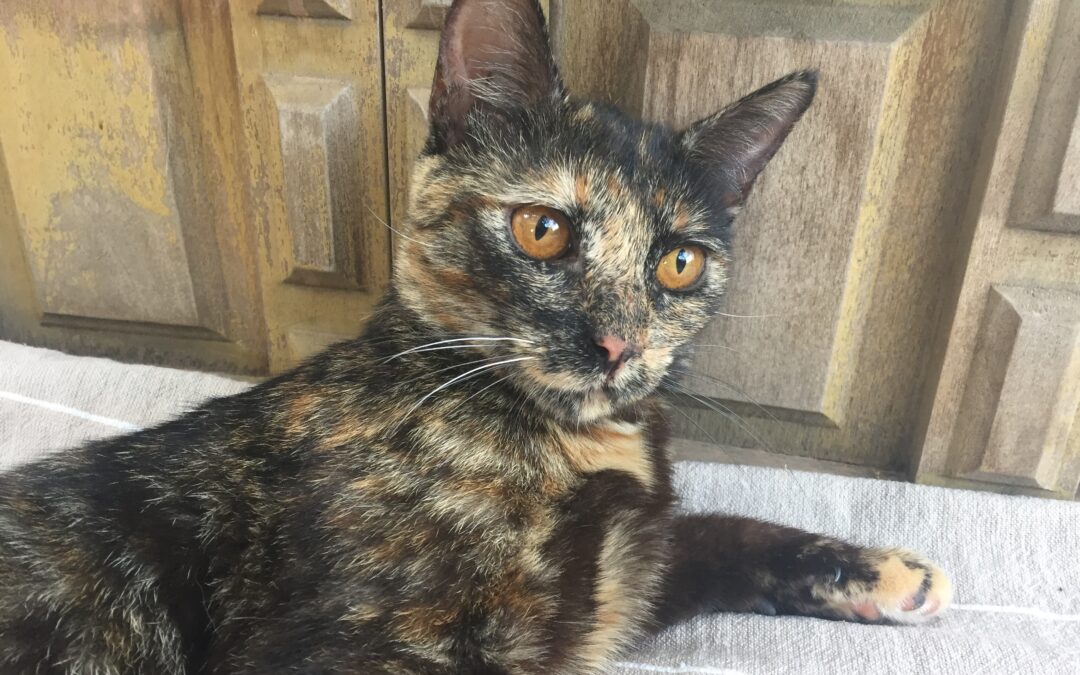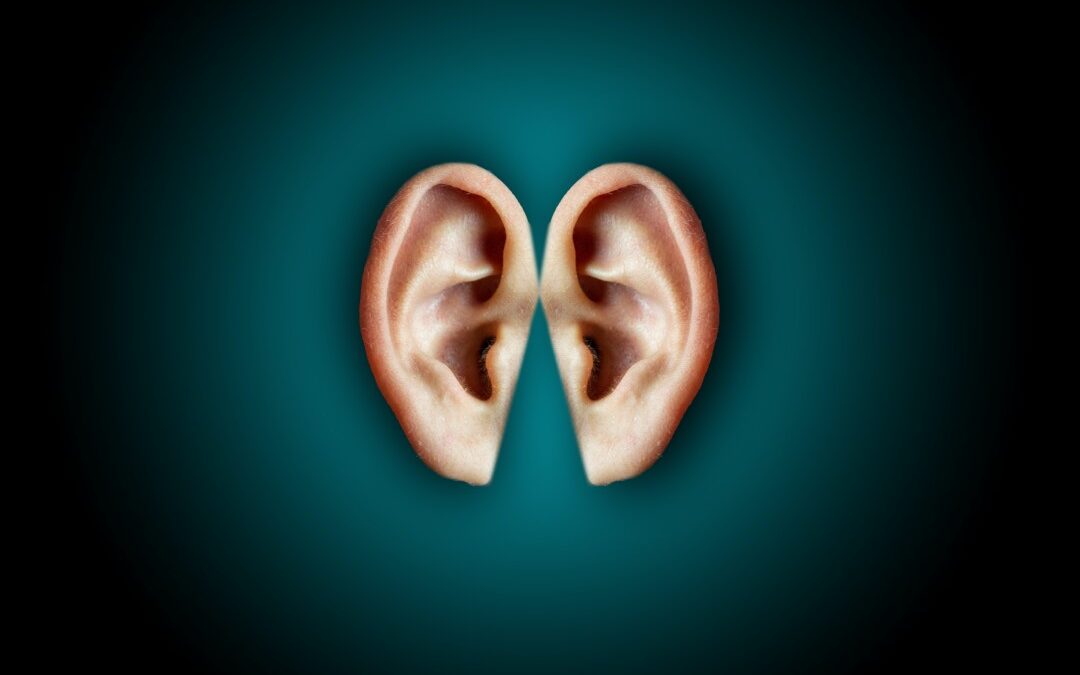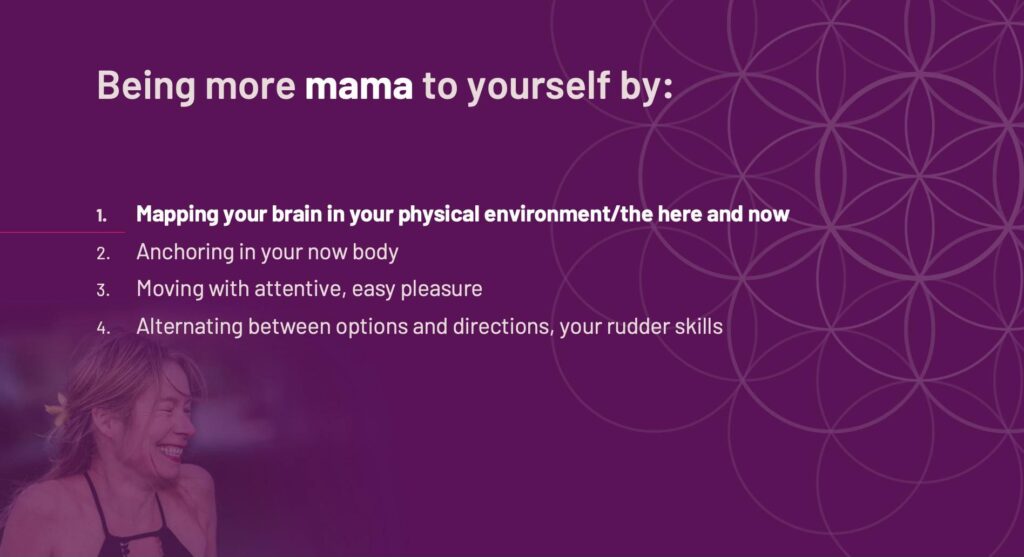
Are you kind to yourself?
Today I participated in a pruning course for hundred-year-old olive trees and young olive and fruit trees. We have a lot of old olive trees that were treated in such a way that they are screaming for help. I wanted to know for myself if pruning can be an act of kindness. I have seen horrendous things happen when chain saws and eager farmers come together to assure as many olives as possible.
Actually I learned what my heart already knew. Now my mind knows how to follow both my heart and that of the tree. Basically, there are two ways of pruning: One is about a productive tree. The tree serves only as a production machine for olives and has no other value to the farmer. A bit like how animals are treated in the bio-industry. It hurts me terribly to see that. Afterward, there is a stumpy tree that has been robbed of its soul and shape, where first there was a proud big grandpa tree of 100 years. They call this the hard way.
There is also a way of pruning that is about collaborating with the tree. You listen to the tree its growth wishes. You help the tree find its structure again, by creating order out of chaos so that the nutrition can get from the roots to the branches. In this way, the tree has a clear focus again and can remain healthy. It can grow in such a way that it has an equilibrium. It’s called pruning with a heart for the tree. And you see the tree flourish when you prune.
What does this have to do with people and movement? Everything!!!
Our bodies have more in common with a living being like a tree than with a machine or a robot. (Did you know that a tree also has a kind of nervous system in its root system?) I just have to look at the way many of us have become alienated from the body and force the body to look and move in a way that ignores its intelligence and design… Turning a deaf ear to the body’s messages.
In the somatic movement classes of Feldenkrais, we are like the pruners working with the tree by gently pruning away neural ‘branches’ that get in the way of our resilience and growth. We listen with curious attention to the body, to its desires in movement, and to the ´noise`: The habits that interfere with its ability to move freely. We explore the internal relationships that have been disrupted by what we have learned in the past, by pain experiences, emotions, our thoughts, etc.
And we ask the nervous system ´What are the neural patterns behind these habits and how can we rewire or unwire these gently?´
Pruning is then looking for ways of moving that the body enjoys, helping the nervous system see new neural network options and remove neural connections that do not contribute to efficiency, and pleasure in the body. In this way, we help the body to move again as it was meant to move: with pleasure, ease, vitality, and sensuality.
Would you like to explore a Feldenkrais lesson with me? You can find my free Feldenkrais introductory series Your compass to wellbeing and vitality here

